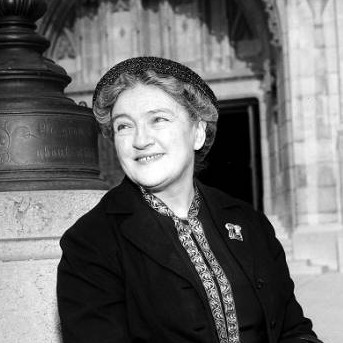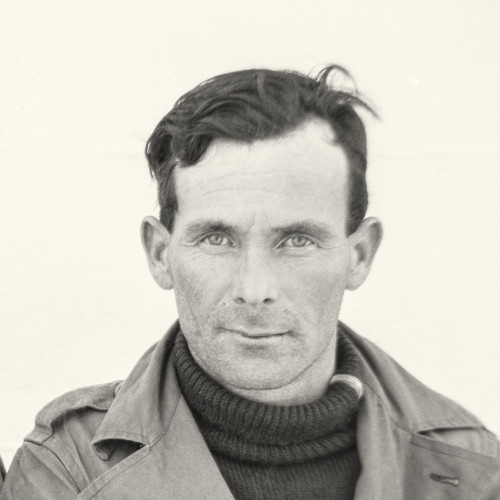Martha Gammer (1947) - Instytut Pileckiego
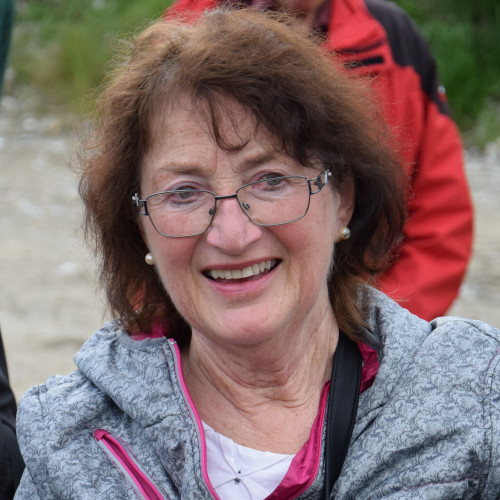
In the 1970s, few people knew that the tunnels excavated in the hills near Gusen were the result of slave labor by prisoners of the German Nazi concentration camp that existed there during the Second World War.
Martha Gammer, who moved at that time to live near what was left of KL Gusen and taught German at a nearby school, began to explore the subject. At first she passed on the memory of the camp and its victims to her students;
then, as early as 1979, she helped to establish the Working Group for the
Care of Homeland, Memorials and History in order to help raise awareness
about local history. The group conducted intensive activities to popularize
the history of the camp. It documented conversations with witnesses to
history, collected commemorative objects, and issued publications. After
many years of effort, the Group successfully organized in May 1995 the first
solemn commemoration of the liberation of KL Gusen by American troops
on the 50th anniversary of the event.
With her previous experience, Martha Gammer co-founded the Gusen Memorial Committee in 2008 and became its chair. It continues its mission to nurture the memory of the camp’s victims, independently conducts and supports research projects, collects archival materials, organizes anniversary ceremonies, and provides as much financial assistance as possible to survivors and their families. It is largely thanks to the activities of Martha Gammer and other members of the Committee, who cooperated with the Polish Ministry of Culture and National Heritage and the Embassy of the Republic of Poland in Vienna, that it was possible to bring the area of KL Gusen under protection and have the Austrian government buy back part of the former camp grounds from private owners.
I have been working with the Gusen Memorial Committee since the
beginning of my activities in the Club for Former Political Prisoners of the
Mauthausen-Gusen Concentration Camp. It was 2009 or 2010, and since
meeting Martha Gammer and Rudolf Haunschmied, I have gained faith
that there are people in Austria for whom the Gusen cause is important
and who give it not only their time, but also their hearts.
Excerpt from a text sent to the Pilecki Institute by Jacek Tarasiewicz, President of the Board of Directors of the Club for Former Political Prisoners of the Mauthausen-Gusen Concentration Camp
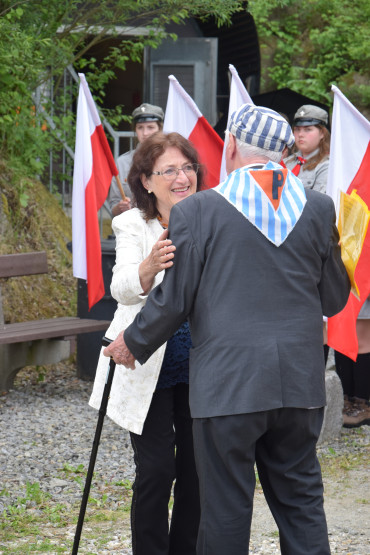
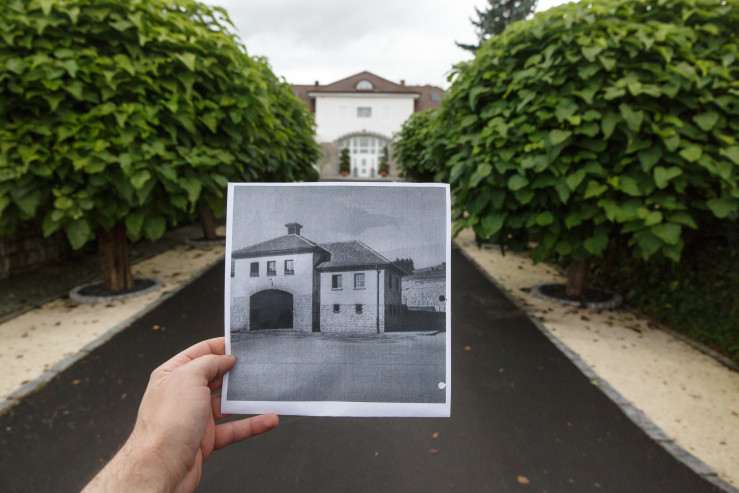
See also
- Ecaterina Olimpia Caradja (1893–1993)

awarded
Ecaterina Olimpia Caradja (1893–1993)
“Kurier Polski” published in Bucharest on 3 December 1939 was full of alarming headlines: “The Soviet attack on Finland”, “Executions and deportations.” One of them gave people hope: “Under the care of Princess Caragea. Home for mothers and chilldren.”
- Alfred Iversen

awarded
Alfred Iversen
(1908–1987)A Norwegian citizen who helped Poles, prisoners of a German forced labor camp, escape to Sweden.
- Oksana Karpiuk (1892-?)

awarded
Oksana Karpiuk (1892-?)
Oksana found the children at nightfall. She hid not only the youngest members of the Polish family at her home, but also the elderly – the parents and the grandmother.
